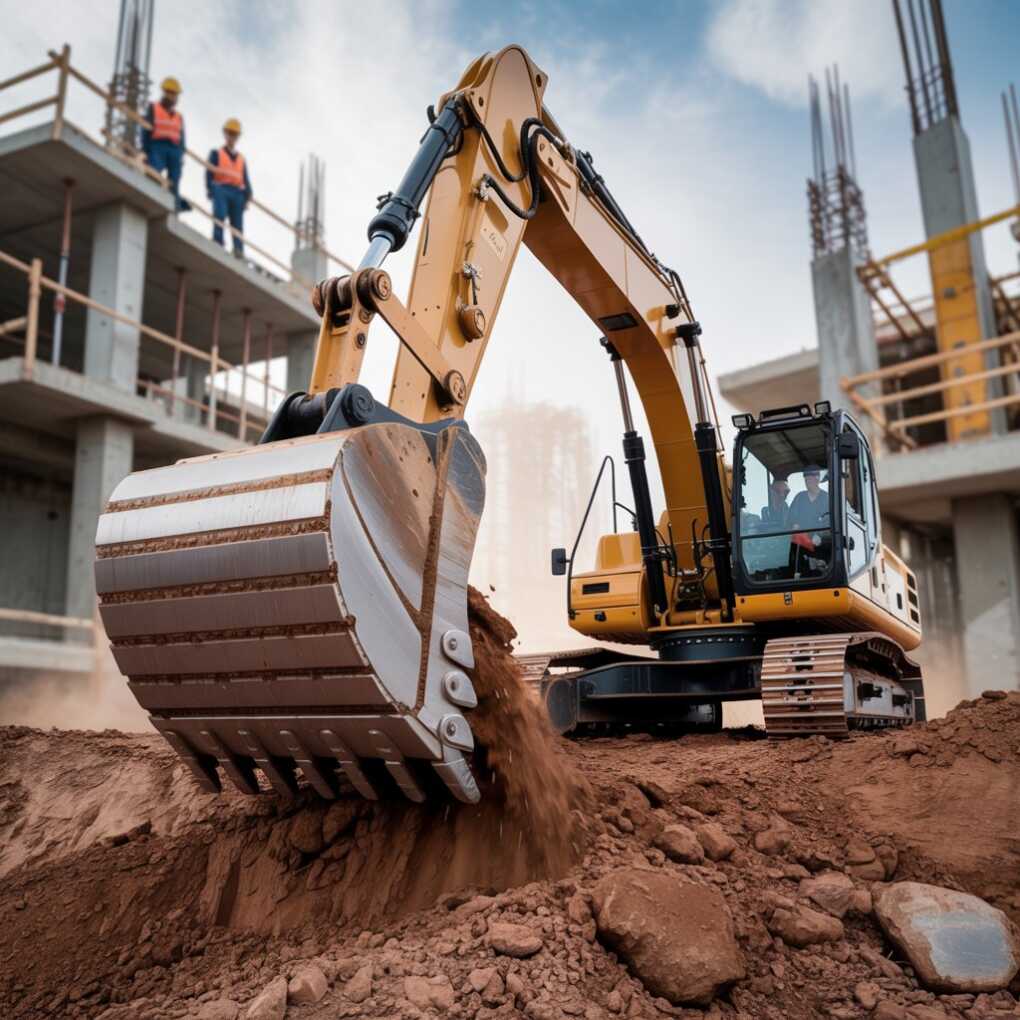Excavation plays a foundational role in the progress of any construction project. It marks the first visible step in transforming a raw piece of land into a home, commercial facility, or public infrastructure. This initial process involves more than just digging; it shapes how the project unfolds, dictates future stability, and creates a space for structural elements like footings, utilities, and drainage. Even the most well-designed buildings can run into problems from shifting soil, improper grading, or water retention without proper excavation. For communities experiencing steady growth, such as Gresham, Oregon, excavation contractors contribute significantly to urban development. These crews play a crucial role in preparing a residential lot, clearing land for a new commercial center, or laying groundwork for city infrastructure. Their work ensures that each project begins on stable ground, allowing builders to move forward with confidence and precision.

How excavation impacts project success from the ground up
The long-term success of any construction job often begins with the condition of the soil and how it is handled during site preparation. Excavation involves more than moving earth; it involves assessing topography, drainage, and soil stability. If done poorly, it can result in costly setbacks that ripple across every phase of the project. For example, improper grading might cause water to pool against foundations, leading to later erosion or basement flooding. Likewise, if excavators don’t remove enough organic material or compact soil properly, the resulting structure may shift or settle over time. These concerns make excavation one of the most crucial stages of construction. That’s why choosing experienced Gresham excavation contractors matters—they understand local terrain, seasonal soil behavior, and municipal regulations. Their decisions affect how well the rest of the job goes, from concrete pouring to landscaping. Without a stable foundation, everything above it remains at risk.
Excavation and environmental planning in growing communities
Excavation is closely tied to environmental awareness, especially in regions where development needs to coexist with natural surroundings. In places like Gresham, this often means balancing the desire for expansion with respect for wetlands, hillsides, and native vegetation. Excavation crews today are expected to follow guidelines that protect stormwater systems, prevent sediment runoff, and reduce disruption to nearby habitats. This has made environmental planning a core component of site preparation. For instance, erosion control methods such as silt fencing and drainage swales must often be implemented before heavy machinery starts digging. In certain zones, excavation plans may require permits that specify which trees can be removed or how far the work must stay from protected water bodies. Responsible contractors anticipate these requirements and incorporate them into their workflow. This ensures compliance and better long-term outcomes for both the site and the surrounding environment.
The value of accurate site analysis and utility mapping
Before excavation, a thorough understanding of the site’s layout and underground utilities is critical. Many problems arise from skipping or rushing this phase. Accidental strikes to gas lines, water mains, or communication cables can delay a project and pose serious safety risks. That’s why surveyors and planners typically map out the land’s existing features, marking boundaries, elevations, and utility corridors. This information guides the excavation process and helps avoid costly surprises. Accurate site analysis also influences the depth and angle of cuts, ensuring the final grade aligns with design specs. Contractors use this data to determine whether soil needs to be removed or brought in, and how it should be compacted for stability. Mistakes at this stage can be expensive and complicated to fix. By focusing on analysis early, project teams can make informed choices that save time and money later.
How excavation supports infrastructure beyond buildings
Although excavation is commonly associated with residential and commercial buildings, it also plays a huge role in public infrastructure. Roads, bridges, sewers, and utility networks all begin with excavation. For instance, the channels must be carefully shaped and sloped when laying underground stormwater systems to encourage proper flow. Similarly, electrical and water lines need stable trenches that meet safety standards and allow for easy future maintenance. Excavation also comes into play for sidewalk installation, retaining walls, and road widening projects. This work helps modernize public services and expand transportation networks in growing cities like Gresham. As more people move into these areas, local governments rely on excavation contractors to prepare land for schools, parks, and public works projects. Their precision and timing can determine whether a street floods during heavy rain or stays dry thanks to a properly installed drainage pipe. This underscores their impact on day-to-day life far beyond the job site.
Safety and technology on excavation job sites
Safety remains a major focus for excavation crews due to the heavy equipment, unstable ground, and underground utilities. Trench collapses, equipment malfunctions, and poor visibility are some job risks. To counter this, modern excavation crews are trained in strict safety protocols and use advanced equipment to minimize hazards. GPS-guided machines, for example, allow operators to dig with greater precision while reducing the need for manual checks. Drones and 3D scanners can survey a site quickly and safely, delivering real-time data that helps with planning. These technologies not only make the job more efficient but also reduce the margin for error. Personal protective gear, daily inspections, and communication protocols reinforce site safety. With the addition of digital tools, today’s excavation contractors can meet deadlines with fewer disruptions, all while safeguarding workers and maintaining compliance with local and federal regulations.
Excavation as a pillar of dependable construction
Excavation is far more than a preliminary step—it is a defining phase that impacts every construction layer. Its success hinges on precision, planning, and awareness of both structural and environmental factors. Whether preparing a single-family home site or laying infrastructure for an entire community, excavation sets the stage for safe and practical building. Contractors who invest in thorough site analysis, safety protocols, and environmentally responsible practices add value to the project and the larger community. The growing demand for efficient, clean, and reliable groundwork makes excavation essential to urban development. When done right, it becomes invisible—the buildings stand tall, the roads hold steady, and the systems beneath the surface function smoothly. But its impact is always present, quietly supporting everything above. From foundations to freeways, excavation remains a crucial element of progress, ensuring construction starts on solid ground and is built for the future.
